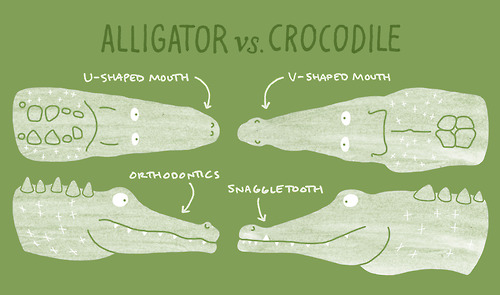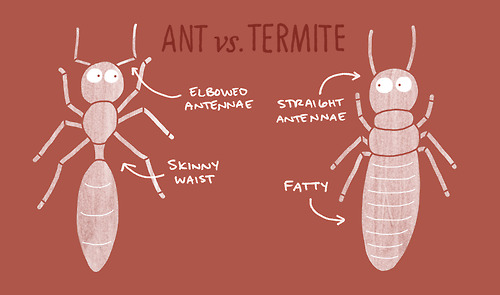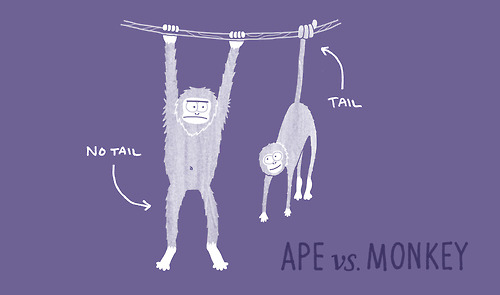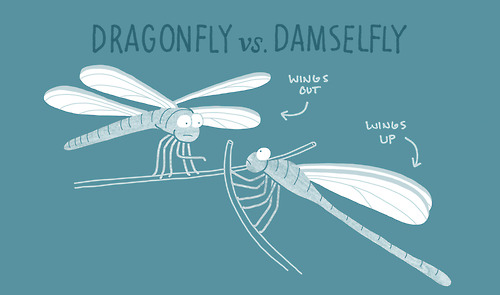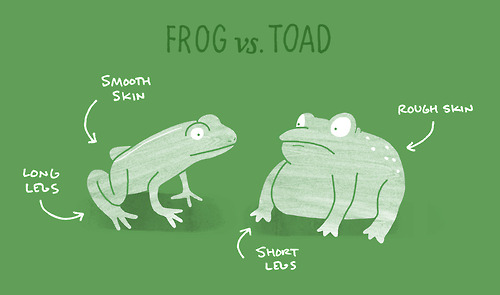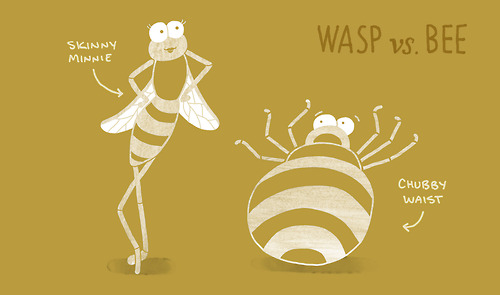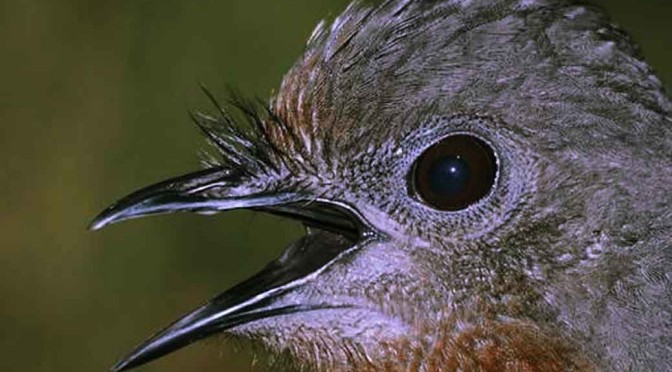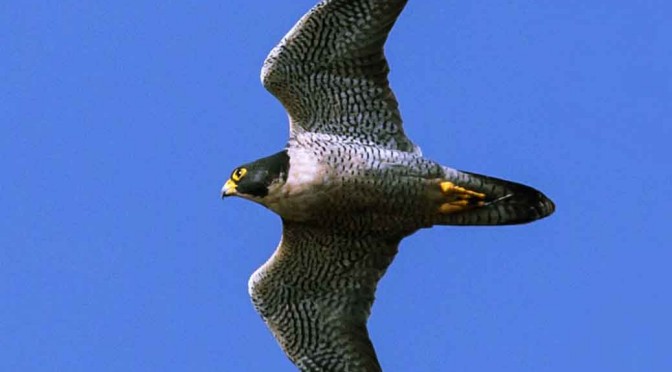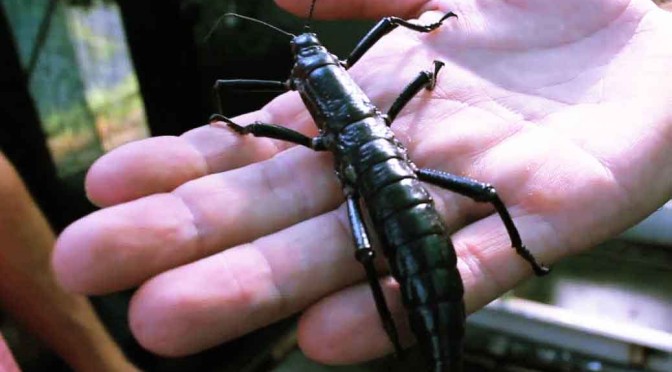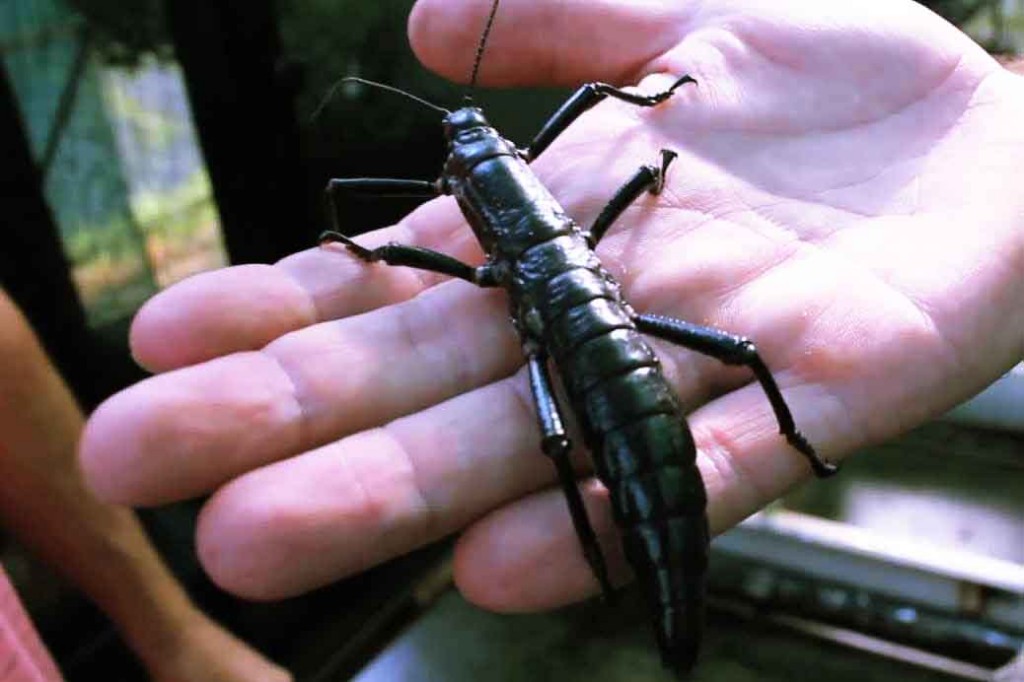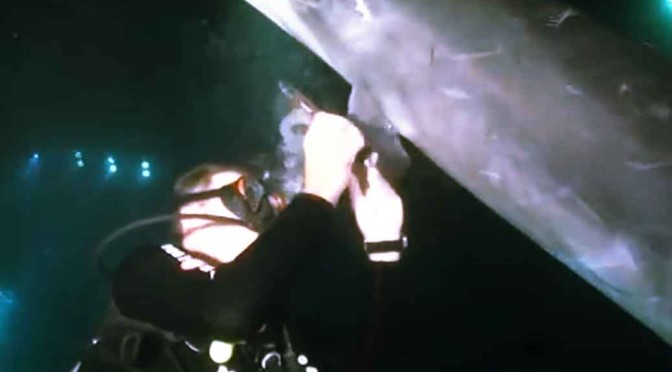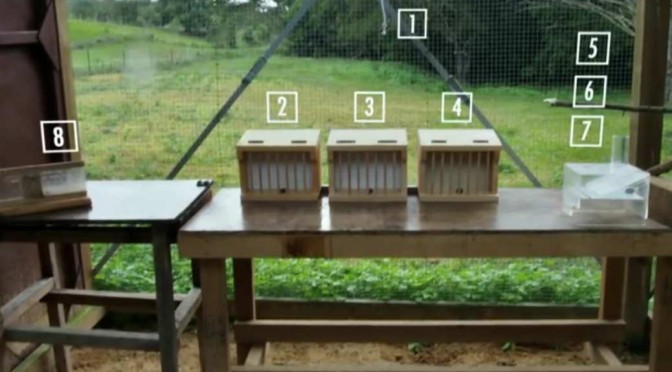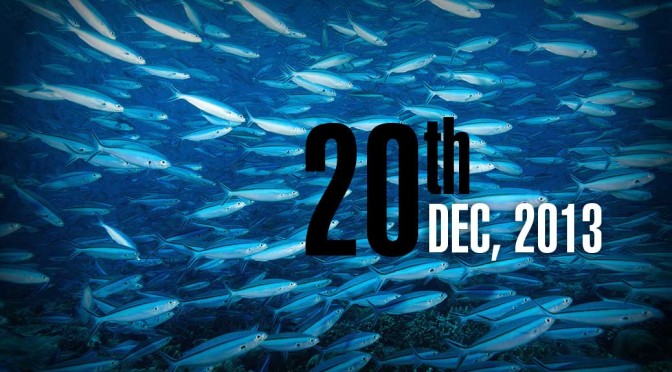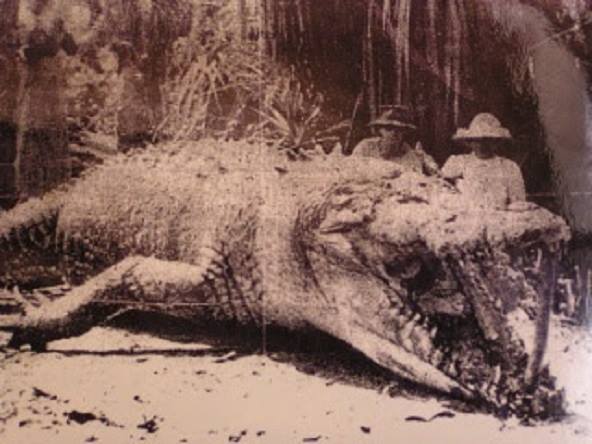By Anupum Pant
B.F. Skinner was an American psychologist, a behaviorist, and a social philosopher. He was also the inventor of the operant conditioning chamber – A.K.A the Skinner box, is a box which is used to study animal behaviour. For example, you can use it to train an animal to perform certain actions in response to some input, like light or sound.
Using one of his favourite animals, he designed an experiment where he trained a pigeon in order to examine the formation of superstitious beliefs in animals. Here’s what he did.
He placed a couple of pigeons in his setup which was designed to deliver food to them after certain intervals. Of all the things, the timing of food delivery by this apparatus wasn’t related to one thing for sure – behaviour or actions of the bird.
And yet, after some time in this automated setup, the pigeons developed certain associations which made them belief that the food came when they did something. They had developed superstitious beliefs.
For instance:
One bird was conditioned to turn counter-clockwise about the cage, making two or three turns between reinforcements. Another repeatedly thrust its head into one of the upper corners of the cage. A third developed a ‘tossing’ response, as if placing its head beneath an invisible bar and lifting it repeatedly. Two birds developed a pendulum motion of the head and body, in which the head was extended forward and swung from right to left with a sharp movement followed by a somewhat slower return. – Wikipedia
The bird behaviour isn’t much different from what humans do…
The pigeons started believing in a causal relationship between its behaviour and delivery of food, even when there was nothing like that.
It’s almost like the humans blowing on the dice, or throwing it harder to make a favourable number appear. Even when blowing or throwing a dice harder doesn’t hold any causal relationship with the event of good numbers turning up.
During other times, when people bowl down a bowling ball and twist their bodies towards right to make the ball go right, they have in fact unknowingly developed a superstitious belief, just like the pigeons that there’s a causal relationship between turning their bodies and curving of the bowling ball. In reality, there’s nothing like that. The ball goes where it has to, irrespective of how they turn their bodies.
Just like in the superstitious pigeon’s case, the food would have appeared anyway. The pigeon didn’t have to do something to get it.
via [Wikipedia]
